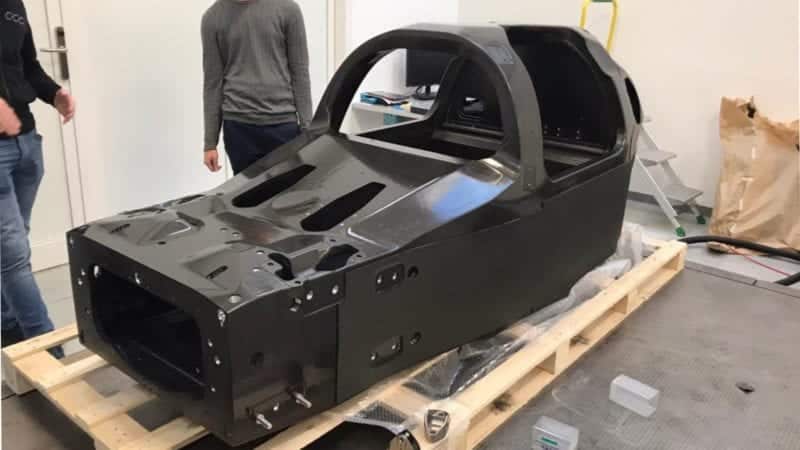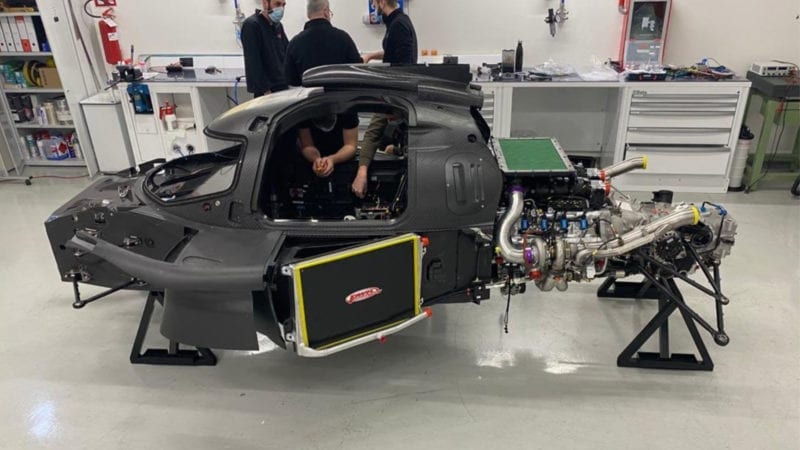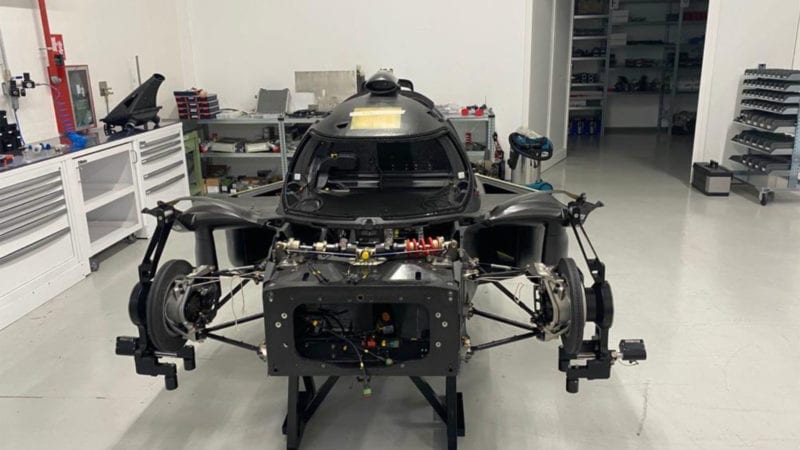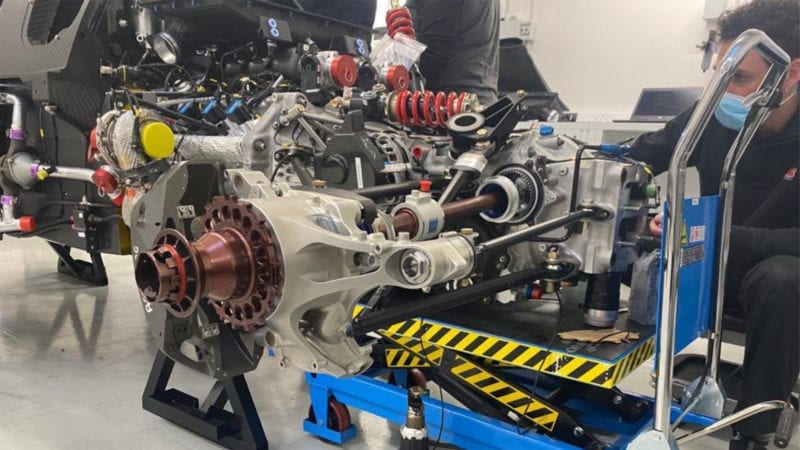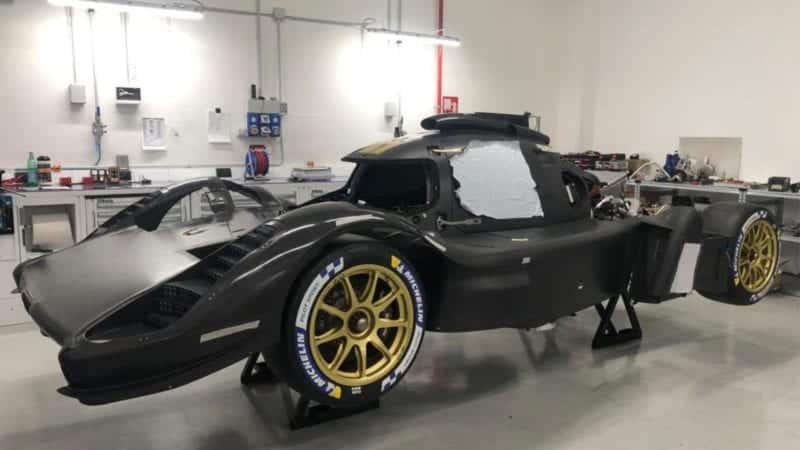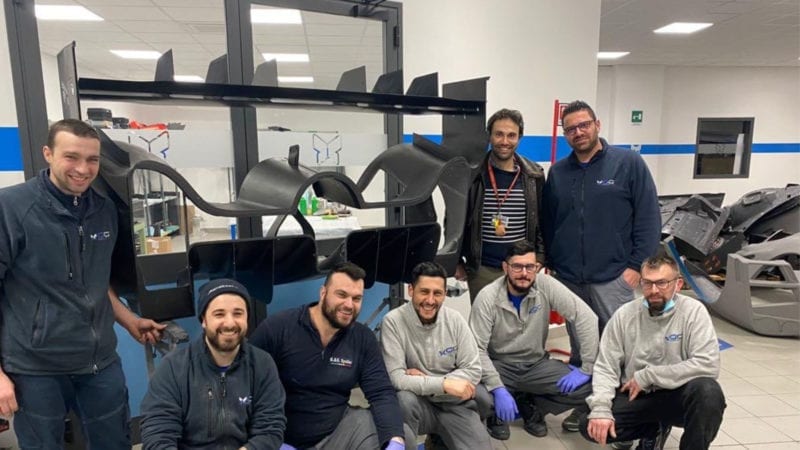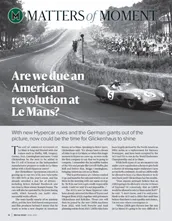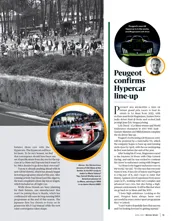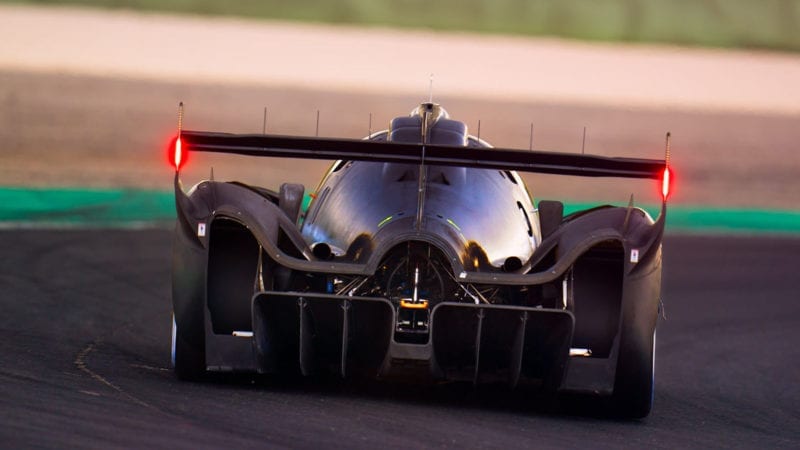This attitude is refreshing in a world so often shrouded in secrecy. Even a crash at testing in Vallelunga earlier this month, which Glickenhaus says was simply down to driver overconfidence on cold tires, was immediately published on various social media channels. Contrast this to Peugeot’s approach back in 2011 when it flat out denied the occurrence of a huge off for Nicolas Minassian during testing at Paul Ricard.
So what has this open approach to development shown us? First, it highlights just how open the aerodynamic regulations – in terms of the features allowed on a car – are compared to LMP1. The point being that the aerodynamic targets set in the BoP are quite easily achievable, Glickenhaus going so far as to say, “from the beginning, I set out to make as beautiful a car as I could. I fought a lot with Sauber to keep the car beautiful, but I’m not stupid, it had to meet the regulations and have the best-allowed aero. But to be honest, it’s about the same as an LMP2, we could have taken an 003C, put a [different] engine in it and call it a Hypercar, it would have been fine.”
“I fought a lot with Sauber to keep the car beautiful”
This freedom is most apparent when one looks at the 007’s rear wing, which features a series of vertical fins, more akin to those seen on WRC machines than sportscars. These are effectively flow-control devices; in the case of a rally car they aid stability at high yaw angles, and their effect is likely similar in this application. The aero regulations specify a degree of yaw stability which Toyota and Glickenhaus hoped they could meet without the need for a dorsal fin. However, both eventually deemed a fin necessary.
007 went off on outlap. Everyone's fine. No issue with car. Major Tom performed perfectly in shearing/shearing damage. We'll continuing improving him and be back testing on schedule. It's only rock and roll but we like it. pic.twitter.com/2tpVIT6t3G
— Scuderia Cameron Glickenhaus (@Glickenhaus) March 16, 2021
The front underwing, floor sides and rear diffuser also hint at the freedoms available, all being considerably more complex and larger than LMP1 rules would have allowed. That said, the 007 is relatively conventional aerodynamically, relying on the underfloor and upper body surfaces to generate downforce, rather than going down the route of directing flow through tunnels in the body.
Looking at the rear of the car, there is evidently plenty of through-body cooling capacity, with a large central outlet and fully open rear arch exits. The cooling package meanwhile sees the engine radiators placed forward in the sidepods, drawing air from the nose, while the charge coolers for the turbochargers are sited just in front of the rear wheels. The exhausts also exit over the rear deck, which will help energise the flow over the upper body, in turn benefitting the diffuser performance.


